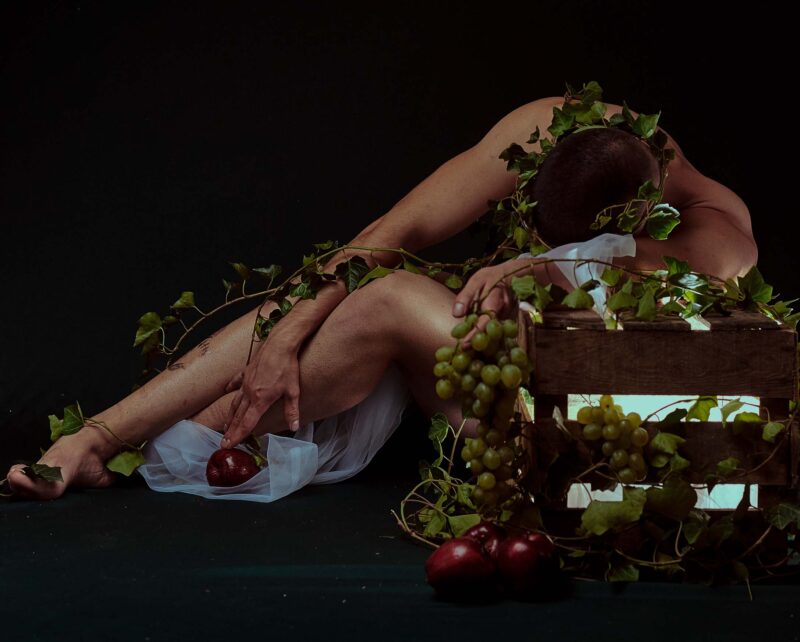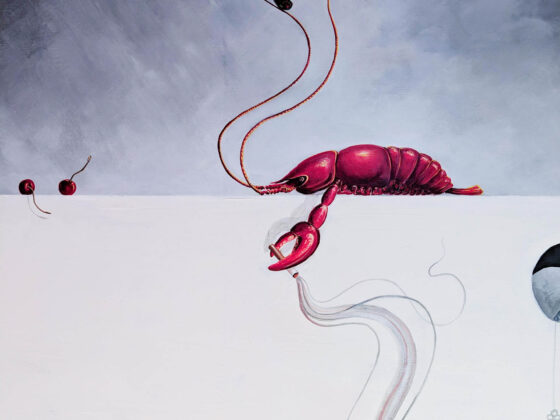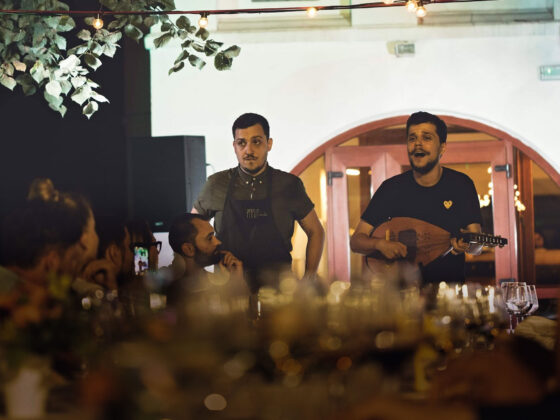Natural wines have become incredibly trendy over the past couple of years. Their distinctive, funky aromas and cloudy looks have sparked quite a lot of debate in the winemaking world. I, for one, have been asked if ‘natural’ is the ‘craft beer’ of wine. Well, sort of, I’d say that natural wine is the new craft beer. My boss’ WSET sommelier described natural wine like ‘pineapple on pizza’… Some love it, some hate it. Yet, one thing is clear. Natural wine is becoming more popular and accessible day by day. Whether you are already familiar with it or rather intrigued by it, here are 8 essential definitions to become a natural wine connoisseur (and a natural wine jargon master, too).


1. So, what is natural wine exactly?
Let’s start with the obvious question: what is natural wine and how is it different from conventional wine?
Natural wine is wine produced through minimal intervention from the winemaker. Some refer to it as ‘raw’ wine or ‘low intervention’ wine.
Although it doesn’t have a clear definition, natural wine implies that it:
- is organic or biodynamic
- usually contains no additives such as commercial yeasts, sulphites and sugar
- is generally unfiltered
Conventional or traditional wines generally contain added yeasts, sulphites, and are filtered.
2. Biodynamic wine making: a moon phase based calendar and a set of rules that see the ecosystem as a whole
You’re totally confused right now, aren’t you? Let me expand a little. Just like organic, biodynamic farming aims to protect the environment and celebrate the terroir. It just is a little more… mystical and often considered dogmatic. Biodynamic farming views the ecosystem as self-sustaining and working as a whole. This means that animals live on the land and fertilise the soil, and that no chemicals are used at any point. But, on top of that, biodynamic wine makers follow a specific calendar based on moon phases and planet alignment.
There are four main phases: root days (good for pruning), fruit days (good for harvesting), leaf days (ideal for watering) and flower days (days to leave the vineyard alone). And if this doesn’t already sound odd enough, biodynamic farming also involves fertilising the soil with previously buried, then excavated manure filled cow horns.
The most common certification for Biodynamic wines is Demeter, so look for the label next time you’re buying a natural wine!
3. Spontaneous fermentation: walking on the wild yeast side
How does fermentation take place without the addition of commercial yeast (the kind that you would buy from your local grocer)? Well, this is a simple and sometimes less obvious answer: through spontaneous fermentation. Have you ever made a sourdough starter? You mix water and flour, leave it outside for a couple of days, and that starts to ferment. This is because there is yeast all around us, but you need to be patient for this wild or native yeast to do its job.
Natural wine is usually fermented following this method (low intervention, remember?). The wine maker lets the grape juice ferment naturally, thanks to the wild yeast and bacteria in the air. Of course, this comes with its own health warning: sometimes it can spoil the wine…
4. Amphora wines: the large terracotta vessels for a special wine
Some winemakers choose to use a less conventional wine making method: amphora. These large terracotta vessels originate in Georgia (the cradle of wine and a leader in natural wines). In the Caucasus country, they are called qvevri. They are buried underground and sealed with molten beeswax. Amphora are used for both fermentation and storing wine, although some wine makers choose only the former, then moving the wine into barrels.


5. Orange wine or skin contact wine: white wines fermented with the skins on
‘Skin contact wine’, also called ‘orange wine’ is one of the biggest wine trends at the moment. And no, they’re not orange flavoured wine, like the shopkeeper from a Viennese wine store thought when I asked for orange wine! In fact, they are something truly special and often have aromas of dried fruit, nuts, honey and even sourdough. They are produced by fermenting the grape skins with the grape juice, which is not common for conventional white wines.
The skin contact can take place anywhere between a couple of days and a couple of months. The longer that happens, the more robust the flavour.
6. Pétillant naturel or pet-nat: the natural sparkling wine made using an ancient method
Pet-nat, short for pétillant naturel (‘naturally sparkling’ in French) is a natural sparkling wine produced following the ‘méthode ancestrale’. This method was popular amongst monks in the 16th century and preceded the ‘méthode traditionnelle’ (that used for champagne). The fermentation process is paused after the wine is bottled (usually over winter) and restarts in spring. The sparkling wines are not filtered (or disgorged, like champagne). They are usually sealed with a crown cap, just like beer. Find out more about pet-nat here.
7. Col fondo: natural prosecco
Col fondo is the Prosecco brother of pet-nat. Just like prosecco, it is made from at least 85% North Eastern glera grapes. Unlike the méthode ancestrale used for pet-nat, col fondo is produced following the Charmat method. This means that fermentation happens in tanks, and the wine is then bottled under pressure. Just like pet-nat, col fondo is not disgorged or filtered, which is what the name suggests as well: ‘with the bottom’ (referring to the sediments or lees).
8. Brutal!!! – a quest for purity and experiment in the natural wine making world
Finally, if you want to blow your friends’ mind, or seem like an expert among natural wine makers, you should know about ‘Brutal!!!’ and its iconic grunge label. When you see a ‘brutal’ label, you should know that the wine is an experiment and it has absolutely nothing added or taken out (no yeasts, no sulphites, and almost no intervention from the winemaker). This has become a movement among natural wine makers. Christian Tschida is one of the few wine makers who produces a brutal wine.


Once you choose natural wines…
Gianmarco Antonuzzi from Le Coste (an amazing and charming natural wine producer) told me that once you start drinking natural wines you can’t go back to conventional wines. I couldn’t agree more! This is also why I recently started the Natural Wine Club in Vienna, so if you’re around and would like to follow our group and join us for a tasting, follow @natwinevie on Instagram! Until then, I hope this article was useful to discover this fascinating world!
Cheers!





1 comment